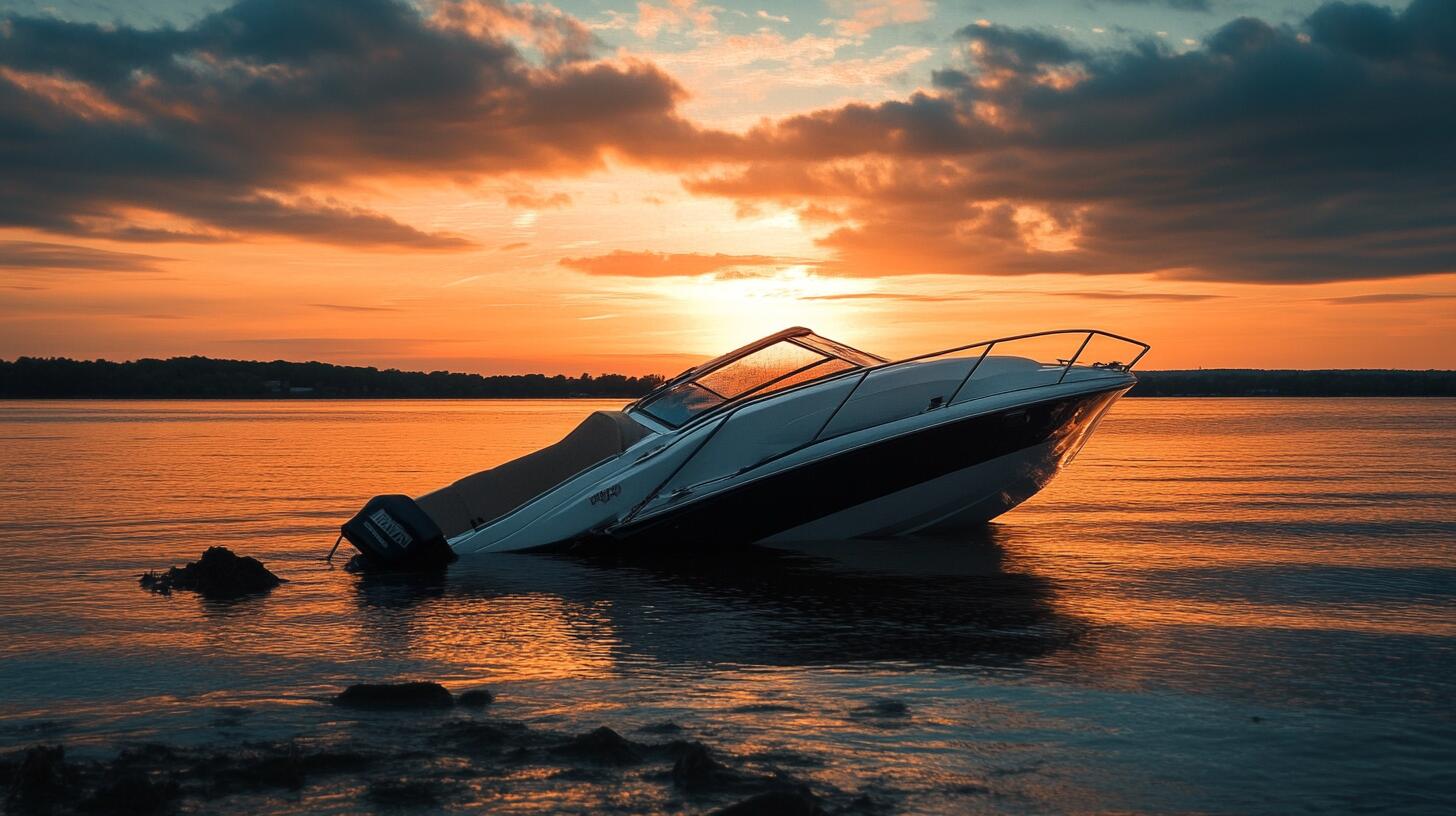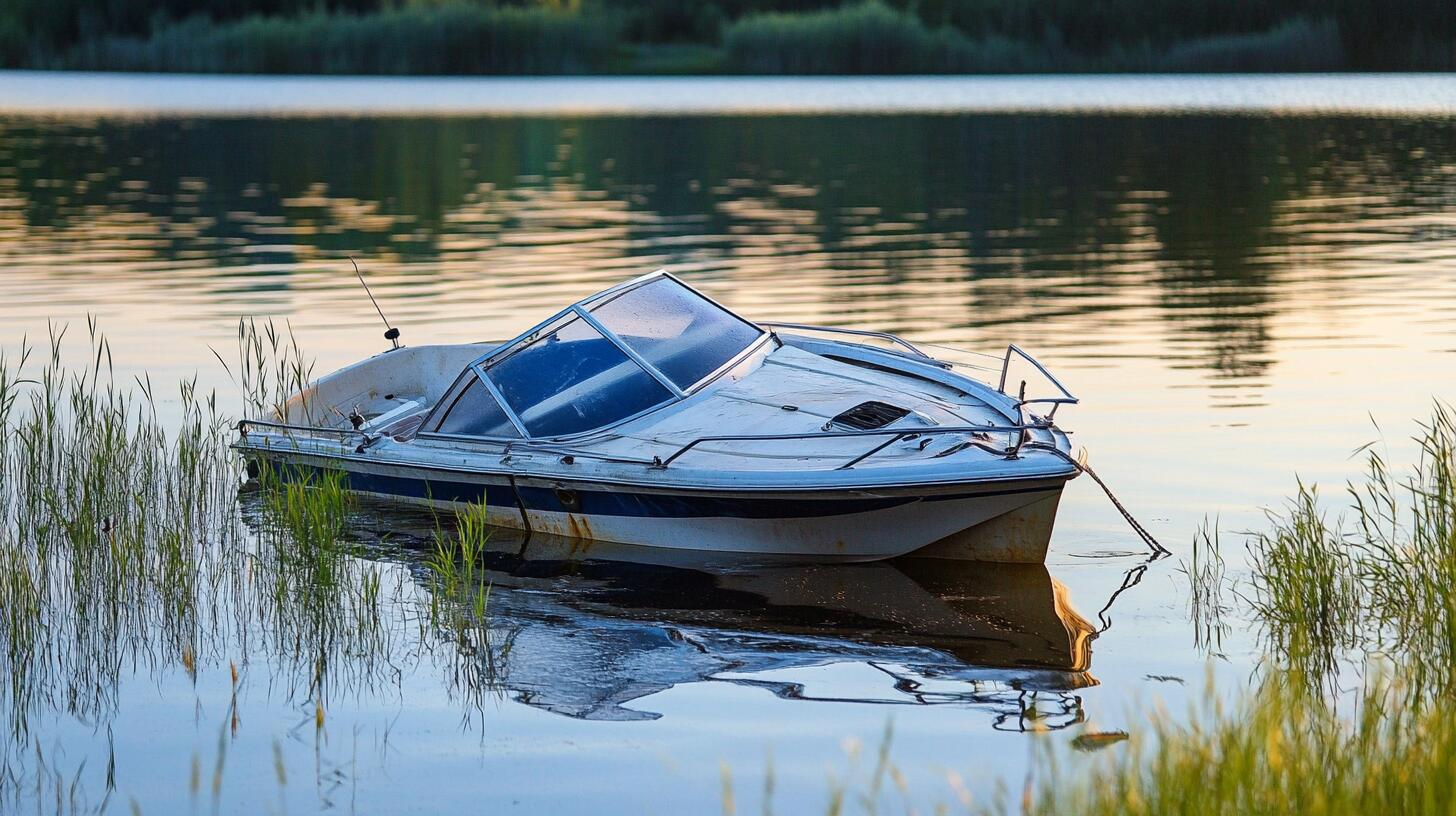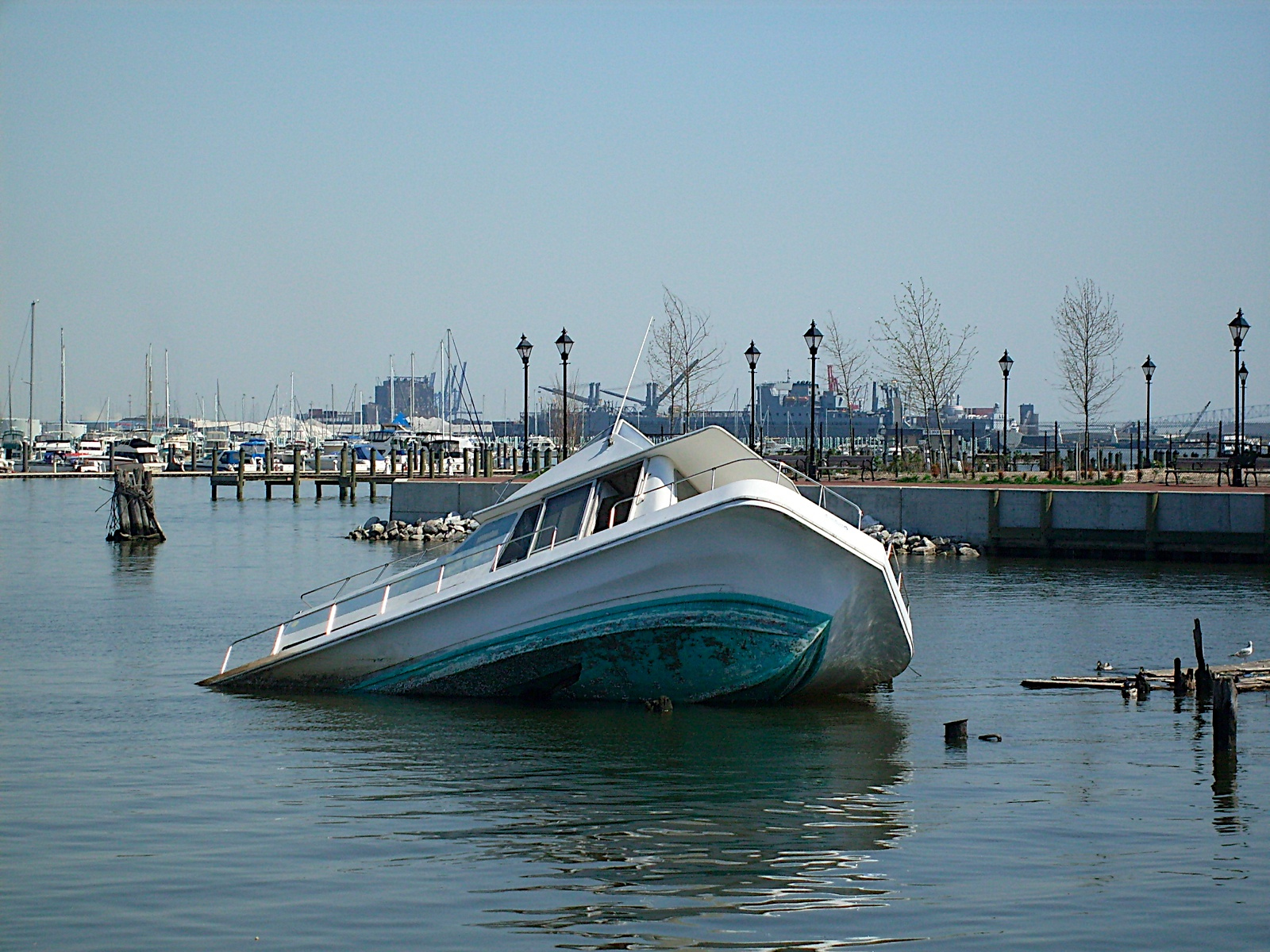
Boating is a popular activity in Minnesota, with its numerous lakes and rivers providing plenty of opportunities for fun on the water. However, boating can also be dangerous and lead to serious injuries. Understanding the common injuries sustained in boat accidents and their treatments is essential for ensuring safety and knowing your legal rights.
Common Injuries in Minnesota Boat Accidents
Boat accidents can result in a variety of injuries, some more severe than others. Here are some of the most common injuries people sustain in these accidents.
Head Injuries
Head injuries are common in boat accidents due to the impact of collisions or falls. These injuries can range from mild concussions to severe traumatic brain injuries (TBIs).
Symptoms of Head Injuries
- Headaches
- Dizziness
- Confusion
- Loss of consciousness
Treatments for Head Injuries
- Mild Injuries: Rest, over-the-counter pain relievers, and monitoring for worsening symptoms.
- Severe Injuries: Hospitalization, surgery, and long-term rehabilitation may be required.
Broken Bones
Broken bones or fractures are frequent in boat accidents, often caused by being thrown against hard surfaces or falling.
Symptoms of Broken Bones
- Severe pain
- Swelling
- Inability to move the affected limb
Treatments for Broken Bones
- Minor Fractures: Casting or splinting.
- Severe Fractures: Surgery to insert pins, plates, or screws to stabilize the bone.
Spinal Cord Injuries
Spinal cord injuries are serious and can result in partial or complete paralysis. These injuries often occur due to sudden impacts or falls.
Symptoms of Spinal Cord Injuries
- Loss of movement
- Loss of sensation
- Difficulty breathing
Treatments for Spinal Cord Injuries
- Immediate Care: Immobilization and emergency medical attention.
- Long-Term Care: Surgery, physical therapy, and potentially lifelong medical support.
Cuts and Lacerations
Cuts and lacerations can occur from contact with boat equipment, debris, or sharp objects during an accident.
Symptoms of Cuts and Lacerations
- Bleeding
- Pain
- Swelling
Treatments for Cuts and Lacerations
- Minor Cuts: Cleaning the wound, applying antiseptic, and bandaging.
- Severe Lacerations: Stitches, tetanus shots, and possibly surgery to repair damaged tissues.
Drowning and Near-Drowning Incidents
Drowning is a leading cause of death in boating accidents, but even near-drowning can cause severe injuries.
Symptoms of Near-Drowning
- Difficulty breathing
- Coughing up water
- Blue-tinted skin
Treatments for Near-Drowning
- Immediate Care: CPR and emergency medical attention.
- Long-Term Care: Oxygen therapy, monitoring for complications, and possible hospitalization.
Legal Rights After a Boat Accident
Knowing your legal rights is crucial if you or a loved one is injured in a boat accident. Here are some steps to take to protect your rights.
Seek Medical Attention
Always seek medical attention immediately after a boat accident, even if injuries appear minor. This ensures proper treatment and documentation of injuries.
Report the Accident
Minnesota law requires that boat accidents resulting in injuries, deaths, or significant property damage be reported to the authorities. Make sure to file a report with the Minnesota Department of Natural Resources (DNR).
Document the Incident
Gather as much information as possible about the accident. Take photos, collect witness statements, and keep records of medical treatments and expenses.
Consult a Legal Professional
Consulting a lawyer who specializes in boat accident injuries can help you understand your rights and navigate the legal process. They can assist in pursuing compensation for medical bills, lost wages, and other damages.
Preventing Boat Accidents
While it’s important to know how to respond to boat accident injuries, it’s even better to prevent them from happening in the first place. Here are some tips for staying safe on the water.
Wear Life Jackets
Always wear a life jacket when on a boat. Life jackets can prevent drowning and provide buoyancy in the event of an accident.
Avoid Alcohol
Operating a boat under the influence of alcohol is illegal and dangerous. Alcohol impairs judgment, coordination, and reaction times.
Follow Boating Laws and Guidelines
Adhere to local boating laws and guidelines, including speed limits, navigation rules, and proper signaling.
Take a Boating Safety Course
Consider taking a boating safety course to learn essential skills and knowledge for safe boating. The Minnesota DNR offers courses that cover various aspects of boating safety.
Conclusion
Boating in Minnesota can be an enjoyable and relaxing activity, but it’s important to be aware of the risks and know how to handle injuries if they occur. By understanding the common injuries sustained in boat accidents and their treatments, as well as knowing your legal rights, you can be better prepared to protect yourself and your loved ones. Stay safe and informed to make the most of your time on the water.
Call to Action
If you or a loved one have been involved in a boat accident in Minnesota, it’s crucial to seek legal guidance as soon as possible. At 612-Injured, our team of experienced boat accident lawyers is here to help you understand your rights and navigate the complexities of your case. Don’t face this challenging time alone—contact us today for a free consultation. Let us fight for the compensation you deserve while you focus on your recovery. Reach out to 612-Injured, Minnesota’s top choice for boat accident legal assistance!


